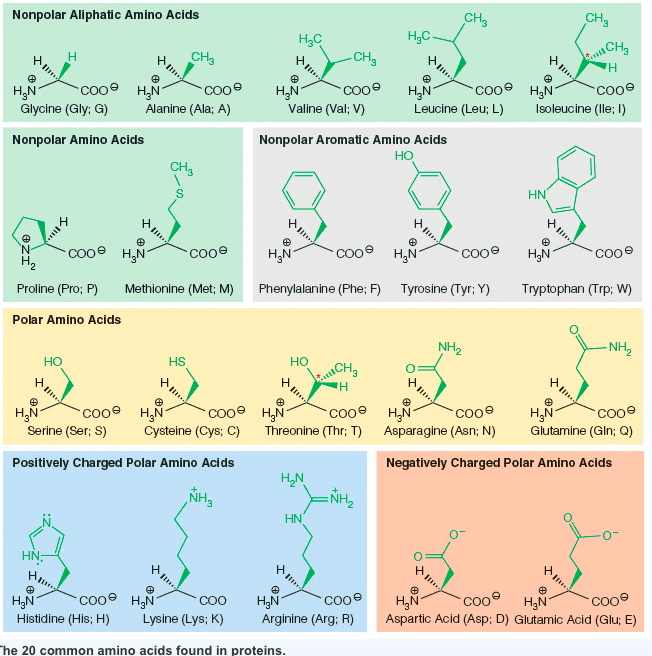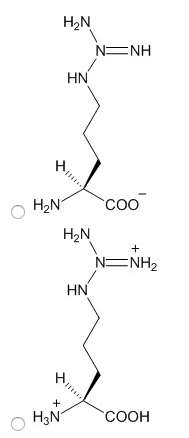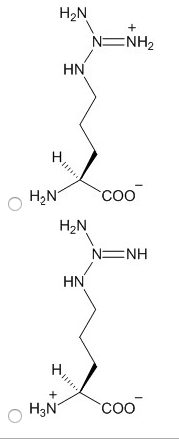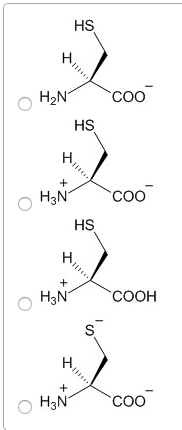BIOCHEM 2BB3 Lecture Notes - Lecture 4: Electric Field, Hydrophile, Elution
Document Summary
Carboxylate group, r group, amino group and h. At physiological ph, amino is protonated and carboxylate is deprotonated ph > 10 for nh3 to be deprotonated ph < 2 for cooh to be protonated. 19/20 central carbon atoms in aa are chiral = asymmetry. Two possible forms of each aa and they are enantiomers/nonsuperimposable mirror images. Together, they form racemic mixtures: many drugs are formed as racemic mixtures where one enantiomer can have a harmful effect. Nonpolar side chains that weakly/don"t interact with water. Alpathic: ala, val, leu, ile, phe, pro, met and trp (and. Met can form h bonds but the majority are nonpolar) Polar aa interact because they contain h-bonding groups. Some polar side chains can ionizes at physiological ph values: ex. His: ionize to accept h in acidic environment: ex. Cys: ionize to donate h in acidic environment: can oxidize with thiol group; 2 thiol goups disulphide bond.









